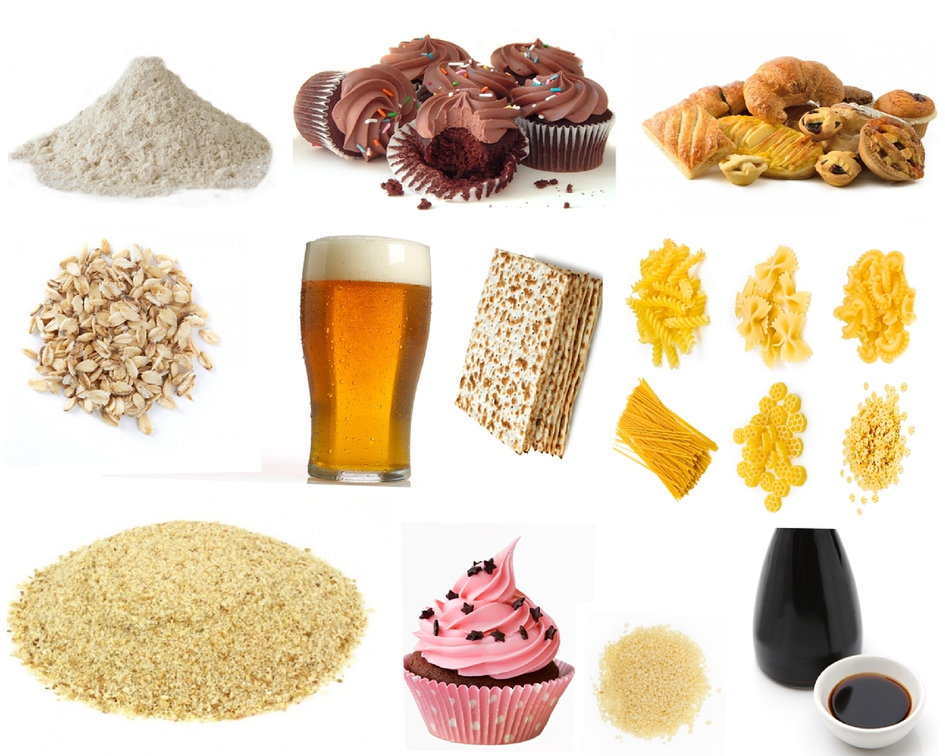 GLUTEN-FREE DIET: HOW BENEFICIAL IS IT TO YOUR HEALTH?
GLUTEN-FREE DIET: HOW BENEFICIAL IS IT TO YOUR HEALTH?A gluten-free diet is a diet that strictly contains foods without gluten. On the other hand, gluten is a protein derived from Latin word glue which is a composite gotten from wheat, barley, rye and grains. Gluten makes a dough to easily expand and rise as well retain its shape with flexibility. It is often used in producing dermatological products, cosmetics and hair products. This diet is the only medically recommended treatment for individuals with celiac disease.
Celiac disease is an autoimmune disease that attacks the small intestine as a result of the presence of gluten. Celiac disease can affect other body organs such as liver skin, pancreas and heart. Likewise, researchers have emphasized that patients with this disease have an increased tendency to develop autoimmune and cryptogenic liver diseases comparably to the entire human population.
Another form of celiac disease is Dermatitis herpetiformis (DH), a medical condition that sets in when gluten forces the immune system to attack the skin. Individuals suffering from these diseases are said to be gluten intolerant, a condition that appears to be part of the reason why people prefer to go on gluten-free diet. According to Moghaddam et al., (2013), the symptoms of celiac disease include weight loss, steatorrhea, and fatigue and occasionally can be asymptomatic.
Their study supports that the hypertransaminasemia problems linked with celiac disease are solved with the initiation of a Gluten-Free Diet. This supports a similar study that reported an enhancement in the consequences associated with hypertransaminasemia found in patients with celiac disease provided that there are no signs or episodes of underlying autoimmune, liver or metabolic disease.
What is gluten free diet consist of? This is a very pressing question that has given rise to several concerns. There are several gluten- free types of foods one can eat and others that ought to be avoided. Safe foods to be eaten by celiac patients include; maize, cheese, potatoes, 5-A-DAY, meat, eggs, rice, milk, pure oats, fish, nuts, seeds, pulses, beans, wine and all gluten-free labelled food products. Gluten-free drinks include; wine, cordials, spirits, flavored water, fruit juice, liqueurs, fizzy drinks, cider.
Non-gluten free foods to be avoided include; Flours, soy sauce, rye, seafood preserved with gluten-additives, cross-contaminated oats, pickles, breads, cakes and pies, wheat, barley, mono-sodium glutamate (MSG), marinades, mayonnaise, gravy, couscous, breadcrumbs, pastries, stock, modified starch, matzo, vinegar, processed meat & foods except labeled gluten-free, beer, malt, pasta, natural flavoring, triticale.

Non-gluten free drinks include; ales, beer, lager, stout, barley and squashes. Non-gluten free foods can be fattening however, family-friendly suggests an easy gluten-free way of fat loosening. Converting to a gluten-free diet can be quite challenging and difficult for individuals to stick to the plan and for the body system to adjust to the changes. During the onset of conversion, individuals may feel greatly deprived of usual eating style. However, it is pertinent that individuals converting to this diet plan remain very optimistic, focused and careful on their food selection for a positive outcome.
Moreover, it is important to acknowledge that several gluten-free food products are now easily obtainable from shops, supermarkets and online. Individuals aiming to switch to this diet plan should endeavour to consult their doctors and dietitians first so as to obtain a clear understanding of how the diet plan can affect their lifestyles, besides, several studies have it that celiac patients who stick to a proper balanced gluten-free diet are sure of living a healthy life.
To effectively adhere to this diet plan, individuals are highly advised to avoid cross-contamination of foods, which takes place when gluten-free foods mistakenly come in contact with non-gluten free foods. The cross-contamination effect can happen either during food production or manufacturing process especially when same equipment is used in producing various food products, however, such companies normally stick warning labels on such products.
People can also minimize cross-contamination in their homes by discarding all gluten-containing food from their kitchens, thorough cleaning of any kitchen utensils previously used for cooking gluten foods. Moreover, once one is not quite clear of a food composition, total abstinence from purchasing the food product or making inquiry from the manufacturer is highly recommended. Cross-contamination of foods with gluten can be totally avoided. Although this can be challenging, yet can be quite rewarding. Coeliac patients are highly advised to abstain from gluten foods as these can affect their health conditions thereby resulting in vomiting, diarrhoea and abdominal discomfort. If any of these symptoms should occur, patients are advised to see their doctors.
REFERENCE
Moghaddam M. A., Nejad M. R., Shalmani H. M., Rostami K., Mojarad E. N., Aldulaimi D., & Zali M. R. (2013) The Effects of Gluten-Free Diet on Hypertransaminasemia in Patients with Celiac Disease, International Journal of Preventive Medicine. 4(6)


